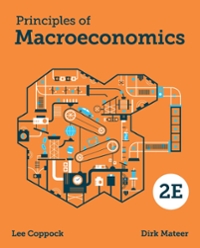Question
ABC Enterprises is a growing company in which employees must frequently travel to meet clients for business purposes. Travel is only within a 2-hour radius
ABC Enterprises is a growing company in which employees must frequently travel to meet clients for business purposes. Travel is only within a 2-hour radius of the office, but employees frequently find themselves on the road at mealtime. Currently, each employee is allotted 35 dollars each day to cover all meals on the days when they travel to meet their clients. They are also reimbursed for gas/mileage out of a separate budget. Employees have complained that the food allowance is not enough, especially when traveling to some of the more costly areas. A survey was taken to get recommendations for a new allotment. The response rate to the survey was about 57% of the employees at the company.
You have a sample of 57 employees at ABC Enterprises, and this is a sample of the population. We want to use this sample to learn about the entire population of workers at the company. We are going to treat the population as if it is not a finite population.
Annie is a company employee who grew up with 7 older brothers. She noticed that they tended to eat more than she did, and she assumed that this characteristic applied to the general population. In other words, she believes that males eat more than females. She wondered if the proportion of male employees in the company was impacting the survey results (because of her assumption).
Let's look at proportions and confidence intervals.
Address these questions:
- Show proportion of the sample are male?


Step by Step Solution
There are 3 Steps involved in it
Step: 1

Get Instant Access to Expert-Tailored Solutions
See step-by-step solutions with expert insights and AI powered tools for academic success
Step: 2

Step: 3

Ace Your Homework with AI
Get the answers you need in no time with our AI-driven, step-by-step assistance
Get Started


